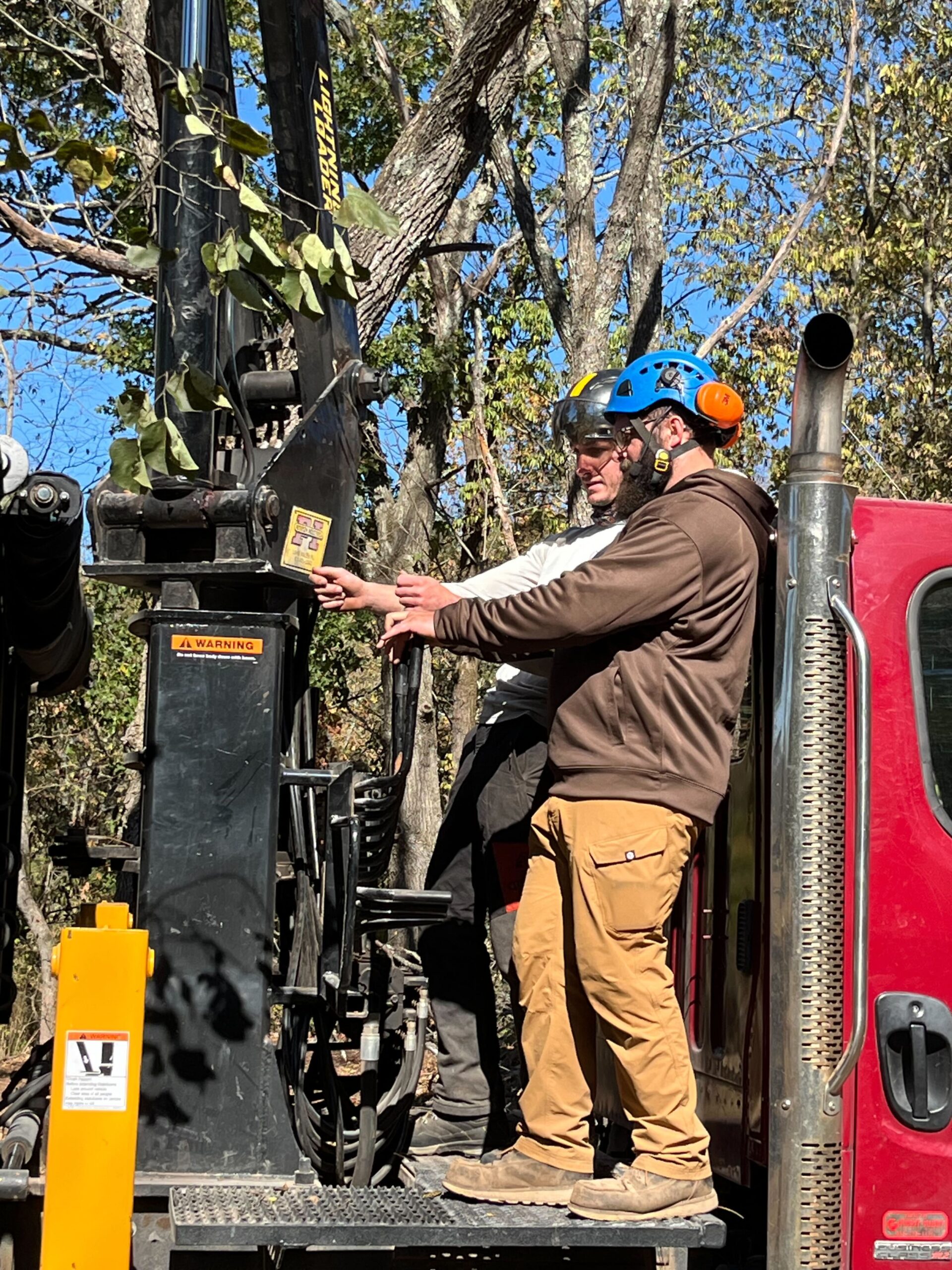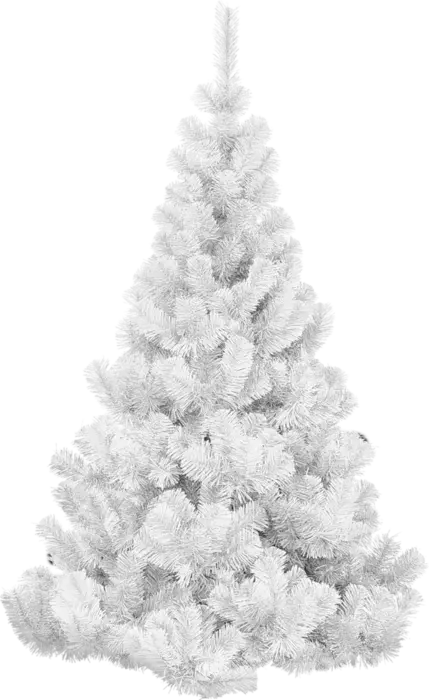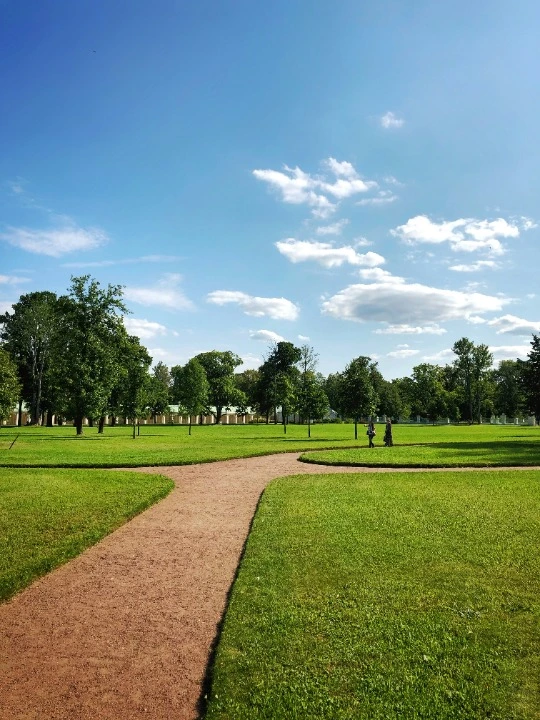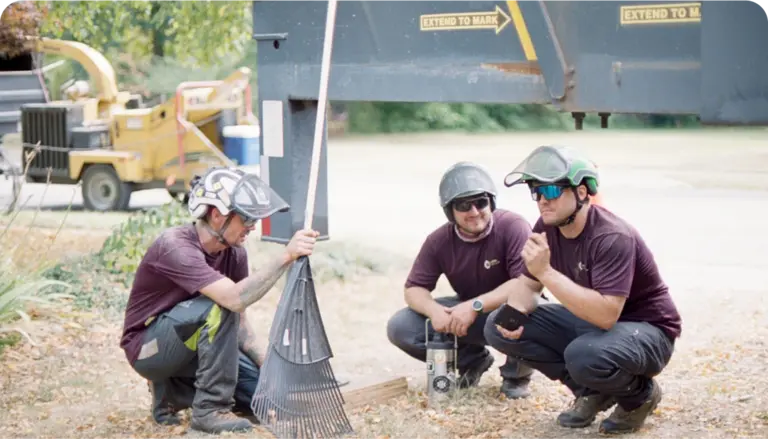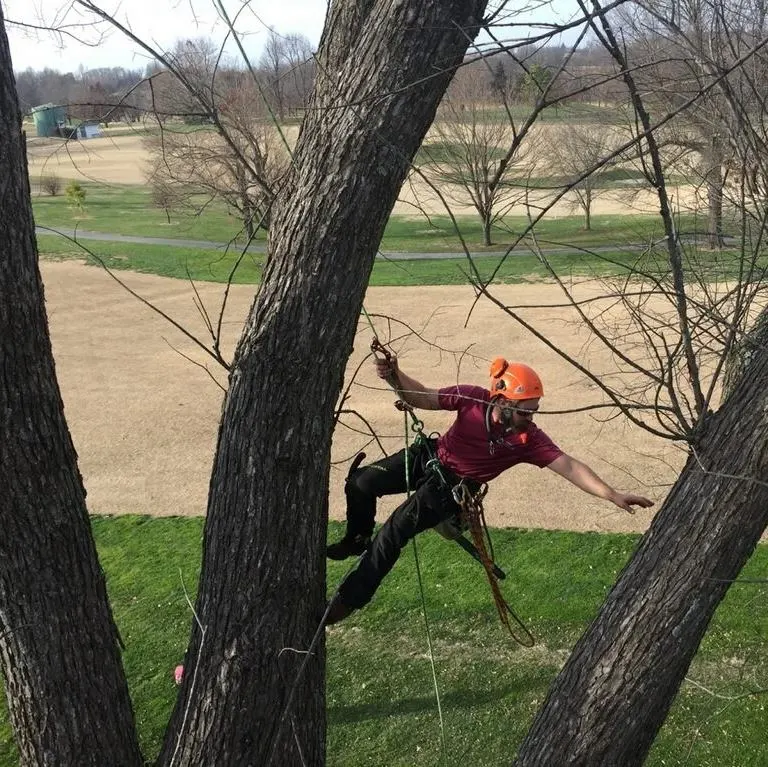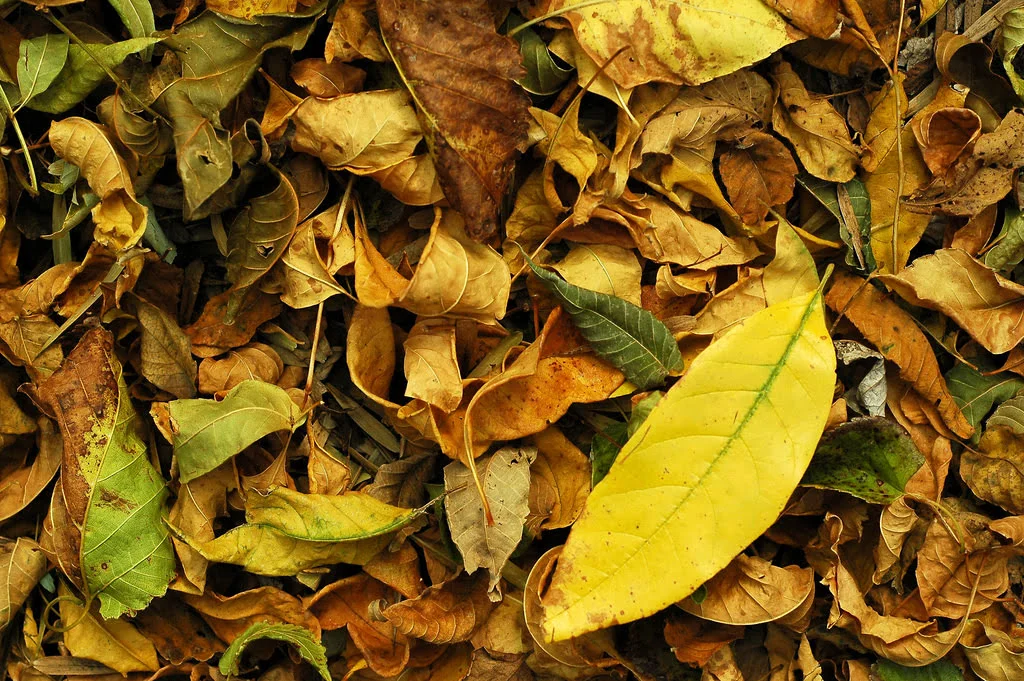Emerald Ash Borer Control & Treatment
If you have ash trees on your property, you will want to familiarize yourself with one potential threat: the emerald ash borer. These invasive beetles are a deceptively beautiful metallic-green and, while they may be small (typically only about a half-inch long and an eighth of an inch wide), their impact is anything but. In fact, EAB infestations have caused the death and decline of hundreds of thousands of ash trees across North America since it was first discovered in Michigan in 2002. Today, emerald ash borers are a common problem in Springfield, MO, and the surrounding areas.
The good news is that it’s possible to manage and eliminate these pest infestations. All you have to do is partner with the ISA-certified arborists at All About Trees. We offer expert emerald ash borer control and treatment services for homeowners and businesses alike and will provide a customized plan to protect the health of your beloved ash trees. Contact us today to learn more!
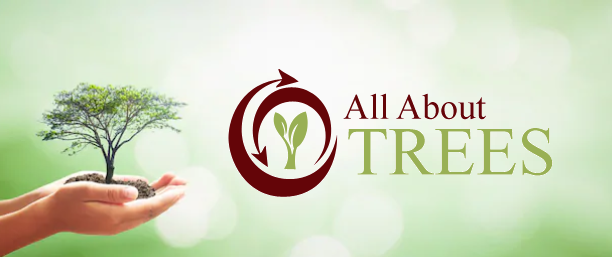
Signs of an Emerald Ash Borer Infestation
While adult emerald ash borers do nibble on the tree’s foliage, the real damage comes from their larvae. Eggs are laid on the bark of the ash tree, and once they hatch, the larvae burrow into the tree and begin to feed on the inner bark, specifically the phloem and cambium tissues, which are responsible for transporting water and nutrients from the roots to the leaves. Over time, this leads to a range of issues, including:
- Canopy Dieback and Thinning: As the larval feeding disrupts nutrient flow, branches will start to die, beginning at the top and progressing downward. You will begin to see leaves appearing smaller and smaller and even discolored.
- S-Shaped Larval Galleries: If a piece of bark is removed or has fallen off an infested tree, you will see the serpentine, S-shaped tunnels created by the larvae feeding underneath.
- Vertical Bark Splits: As the larvae feed and create galleries, the tree may try to heal itself, causing the bark to split vertically above the affected areas. These splits can expose the S-shaped galleries beneath.
- D-Shaped Exit Holes: When the adult beetle emerges from the tree, it chews a very distinctive exit hole. These holes are D-shaped and very small, only about 1/8 inch in diameter. You can find them on the trunk and branches of an infested tree.
- Increased Woodpecker Activity: Woodpeckers feed on EAB larvae, so a sudden increase in woodpecker activity, especially during the winter months, can be a strong indicator of an infestation. You may notice patches of bark being stripped away by the birds as they search for food.
While you can and should look for these signs of an EAB infestation, it’s important to understand that by the time many of these symptoms become obvious, the internal damage to the tree is often already severe. This is why it is best to have a certified arborist from All About Trees inspect your ash trees on a routine basis. Our professionals can identify the subtle, early indicators of an infestation, allowing for treatment to begin when it is most effective and giving your tree the greatest chance of survival.
The Importance of Timely Emerald Ash Borer Tree Treatment Services
When it comes to EAB infestations, waiting is not an option. The pest multiplies and spreads rapidly, and the damage it causes is cumulative and irreversible. For this reason, the key to saving an ash tree is to begin treatment while the tree is still relatively healthy.
By investing in timely EAB treatment, you avoid the significant cost of tree removal and replacement and preserve the environmental benefits your mature tree provides. Treating your trees also prevents the spread to your neighbors’ trees. So, break the cycle of infestation and contact our team for prompt emerald ash borer treatment.
Save Your Tree With Emerald Ash Borer Treatment
At All About Trees, our ISA-certified arborists use the most current and effective products and application methods to protect your ash trees. We will develop the best treatment plan for your property based on your tree’s size, health, and location, as well as the severity of the local EAB population. Your plan may include trunk injections, soil drenches, or bark sprays.
Trunk Injections
A systemic insecticide is injected directly into the tree’s vascular system through small, drilled ports at the base of the trunk. The tree then transports the product up into the canopy. This method is highly targeted, protecting the tree from the inside out, and has minimal impact on the surrounding environment.
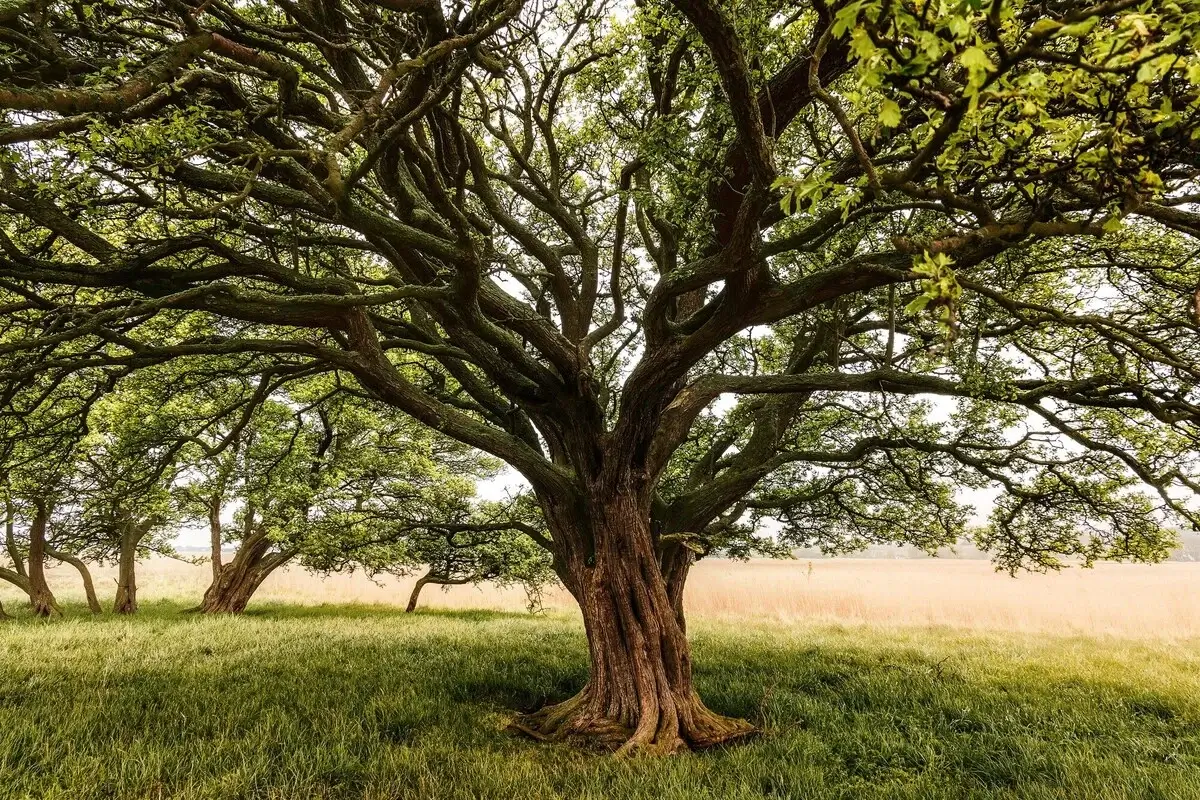
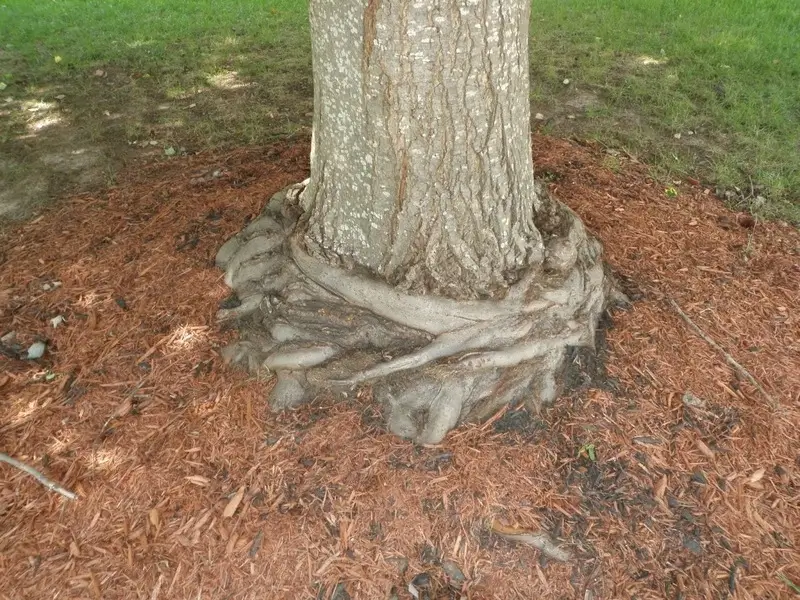
Soil Drenches
This plant health care method involves applying a liquid systemic insecticide to the soil around the base of the tree. The tree’s roots absorb the product, which then moves up through the vascular system. While effective, this method can take longer to distribute through the tree and may not be suitable for all sites, especially those near water sources or with restrictive soil conditions.
Bark Sprays
A systemic insecticide is sprayed directly onto the lower part of the tree’s trunk (about 5-6 feet high). The product is absorbed through the bark and transported throughout the tree. Tree spraying is most effective on smaller to medium-sized trees with thinner bark.

When Tree Removal May Be Necessary for an EAB Infestation
While our primary goal is always to save trees, there are unfortunately situations where an ash tree is too far gone to be saved by treatment. If an ash tree has lost more than 50% of its canopy or has significant structural damage from the infestation, removal is often the safest and most responsible option. This is because an EAB-infested tree becomes brittle and hazardous over time. The dead and dying branches can break and fall unexpectedly, causing harm to nearby structures and even people on your property.
Since deciding to remove a tree is never easy, our certified arborists can provide an honest and expert assessment to help you make this difficult decision. If tree removal is necessary, our professional crews can perform the work safely and efficiently to minimize the risk and impact on your property.
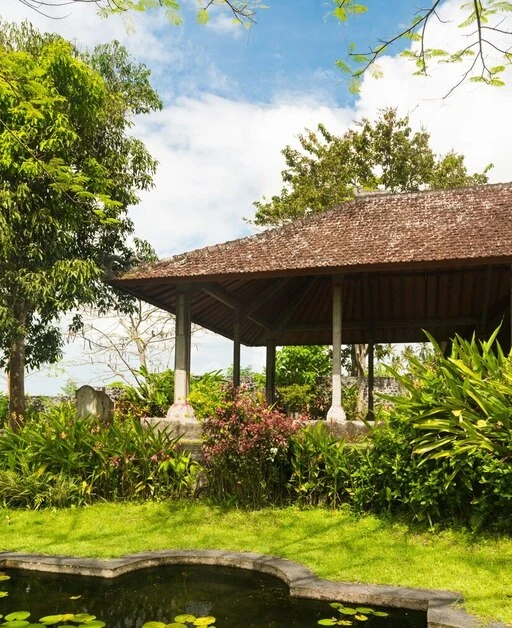
Find Out if You Need Emerald Ash Borer Control Solutions
If you suspect your ash trees are being attacked by EAB, or if you simply want to take preventative measures to protect them, the first step is to get a professional opinion. Our ISA-certified arborists can perform a comprehensive tree health inspection to determine if you have an EAB infestation and offer clear recommendations for treatment or removal. You can count on us to provide you with the knowledge and services you need to make the best decisions for your trees and your property.
Reach out to our tree care professionals today to learn more about our emerald ash borer services in Springfield, Nixa, Fremont Hills, Ozark, Republic, Battlefield, Rogersville, Willard, Strafford, and Fair Grove, MO. We can also discuss tree mite treatment, scale insect control, and bacterial leaf scorch services if your property’s trees need additional support.
Contact Us
